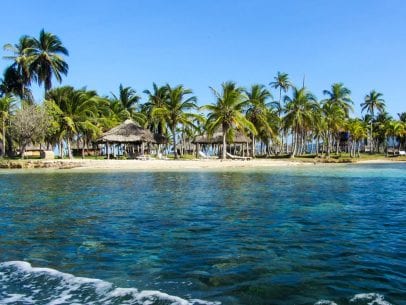Fes Adventure Tours
Fes is the third largest city in Morocco, after Casablanca and Rabat, with a population of 946,815 (2004 census). It is the capital of the Fès-Boulemane Region and one of the four so-called “imperial cities” (the others are Marrakech, Meknes, and Rabat). It is separated into three parts – Fes el Bali (the old, walled city), Fes-Jdid (new Fes, home of the Mellah), and the Ville Nouvelle (the French-created, newest section of Fes). The Medina of Fes el Bali, the largest of the two medinas of Fes, is believed to be the largest contiguous carfree urban area in the world. Fes el Bali is classified as a UNESCO World Heritage Site.
The city was founded on opposite banks of the Fez River by Idris I in 789 and his son Idris II continued the work in 810. The first was the founder of the Idrisid dynasty, his son was born after he was assassinated. During Yahya ibn Muhammad’s rule the Kairouyine mosque, one of the oldest and largest in Africa, was built, and the associated University of Karueein was founded in 859. Arab emigration to Fes, mostly from al-Andalus after a rebellion which took place in Cordoba in 818 and from Tunisia after another rebellion that took place in 824, gave the city a definite Arab character. The two main quarters of Fes, were called ‘Adwat al-Andalus’ and ‘Adwat al-Qarawiyyin,’ respectively after the two waves of Arab immigrants to the new city. After Ali ibn Umar (Ali II) came to power, the tribes of Madyuna, Gayatha and Miknasa, which were Sufrite Kharijites, formed a common front against the Idrisid and defeated Ali’s armies and occupied Fes. Yahya ibn Al-Qassim, drove the Sufrites out of the city and declared himself Ali’s successor.
The city was populated by Muslims from elsewhere in North Africa, the Middle East, Moriscos, as well as many Jews, who had their own quarter, or Mellah, in the city.
It is believed that Fes was the largest city in the world from 1170 to 1180. It was the center of the Kingdom of Fez.
Fes became the scientific and religious center, where both Muslims and Christians from Europe came to study. Many Muslim refugees came to Fes after the reconquest of Spain in 1492.
Fes became part of the Moroccan Empire in 1548. In 1579 the capture of Fez completed Ottoman conquests in Morocco that had begun under Süleyman the Magnificent.
Fes became the center of the Alaouite Dynasty in 1649, and it was a major trading post of the Barbary Coast of North Africa. Until the 19th century it was the only source of Fez hats (also known as the tarboosh), before they began to be manufactured in France and Turkey; originally, the dye for the hats came from a berry that was grown outside the city, known as the Turkish kizziljiek or Greek akenia (Cornus mascula). Fes was also the end of a north-south gold trading route from Timbuktu.
Fez was a prime manufacturing location for leather goods such as the Adarga.
Fes was the capital of Morocco at various times in the past, the last such period ending in 1912, when most of Morocco came under French control and Rabat was chosen to be the capital of the new colony, a distinction that city retained when Morocco achieved independence in 1956. While many of the original inhabitants of Fes have since emigrated, the Jewish quarter has been emptied of its Jewish population. In 1965, there was large massacre of Jews by Arab riots, and the economy has stagnated.
Fes is perhaps the most interesting and picturesque of the Imperial Cities of Morocco. Despite the traditional character of most of the city, there is also a modern section, the Ville Nouvelle, or “New City,” which is a bustling commercial center. The popularity of the city has increased since the King of Morocco took a Fassi computer engineer, Salma Bennani, as his wife.
Thousands of visitors now converge on the city every year to experience a unique week-long celebration of sacred musical traditions from every corner of our planet. Famous performers like Ravi Shankar, Youssou N’Dour and Salif Keita are juxtaposed with more obscure musical genres such as Japanese Gagaku, Indonesian Gamelan and folk music from Central Asia. The festival was founded in 1994 by the Moroccan scholar and philanthropist Faouzi Skali. It includes a four-day Forum under the rubric “Giving Soul to Globalization.” Politicians, social activists, visionaries, academics, and religious leaders come together in dialogue. The Forum is Sponsored by the World Bank.
Customize Your Dream Adventure
We are here to help craft tailor-made adventures for individuals, couples, families, and groups of explorers.








